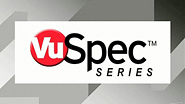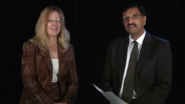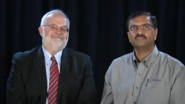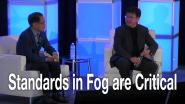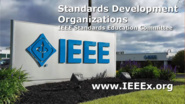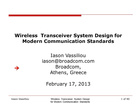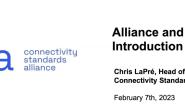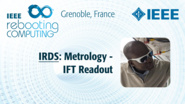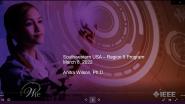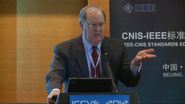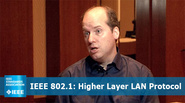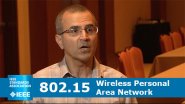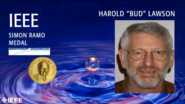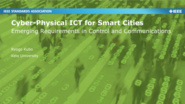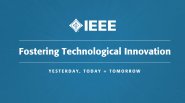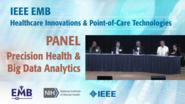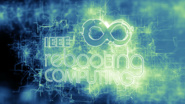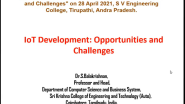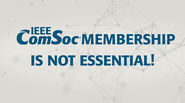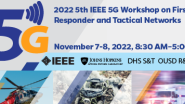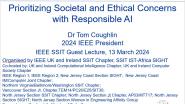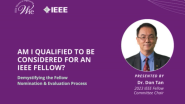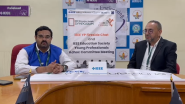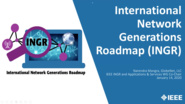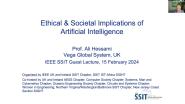200,323 resources related to
Standards
Read more
Featured Article
Read more
Top Conferences on Standards
2021 IEEE 48th Photovoltaic Specialists Conference (PVSC)
2020 IEEE Sensors Applications Symposium (SAS)
2020 IEEE Frontiers in Education Conference (FIE)
2020 IEEE Symposium on Computers and Communications (ISCC)
2020 22nd European Conference on Power Electronics and Applications (EPE'20 ECCE Europe)
2020 IEEE Nuclear Science Symposium and Medical Imaging Conference (NSS/MIC)
2019 IEEE 28th International Symposium on Industrial Electronics (ISIE)
2019 IEEE Energy Conversion Congress and Exposition (ECCE)
2019 IEEE International Conference on Industrial Technology (ICIT)
2018 IEEE 29th Annual International Symposium on Personal, Indoor and Mobile Radio Communications (PIMRC)
2018 IEEE International Conference on Power Electronics, Drives and Energy Systems (PEDES)
2018 IEEE International Conference on Consumer Electronics (ICCE)
2018 Conference on Precision Electromagnetic Measurements (CPEM 2018)
2018 IEEE 42nd Annual Computer Software and Applications Conference (COMPSAC)
2018 IEEE Canadian Conference on Electrical & Computer Engineering (CCECE)
2018 IEEE International Conference on Software Architecture (ICSA)
2018 IEEE PES Innovative Smart Grid Technologies Conference Europe (ISGT-Europe)
2018 IEEE International Conference on Multimedia and Expo (ICME)
2018 International Joint Conference on Neural Networks (IJCNN)
2017 IEEE 13th Malaysia International Conference on Communications (MICC)
2017 SBMO/IEEE MTT-S International Microwave and Optoelectronics Conference (IMOC)
2016 IEEE 55th IEEE Conference on Decision and Control (CDC)
2015 IEEE International RF and Microwave Conference (RFM)
2015 Annual IEEE Systems Conference (SysCon)
2015 25th International Crimean Conference "Microwave and Telecommunication Technology" (CriMiCo)
2015 IEEE Symposium on Product Compliance Engineering (ISPCE)
2015 8th International Congress on Image and Signal Processing (CISP)
2014 IEEE/IAS 50th Industrial & Commercial Power Systems Technical Conference (I&CPS)
2014 IEEE International Workshop Technical Committee on Communications Quality and Reliability (CQR 2014)
2014 IEEE Computing, Communications and IT Applications Conference (ComComAp)
2014 Sixth Annual IEEE Green Technologies Conference (GreenTech)
2013 8th International Conference on Standardization and Innovation in Information Technology (SIIT)
2013 9th International Conference on Wireless Communications, Networking and Mobile Computing (WiCOM)
2013 5th International Congress on Ultra Modern Telecommunications and Control Systems and Workshops (ICUMT)
2013 IEEE 77th Vehicular Technology Conference (VTC Spring)
2013 International Conference on Mechatronic Sciences, Electric Engineering and Computer (MEC)
2013 Integrated Communications, Navigation and Surveillance Conference (ICNS)
2013 IEEE Electric Ship Technologies Symposium (ESTS)
2012 IEEE Fourth International Conference on Technology for Education (T4E)
2012 IEEE 15th International Conference on Harmonics and Quality of Power (ICHQP)
2012 13th IEEE/ACM International Conference on Grid Computing (GRID)
2012 24th Annual Systems and Software Technology Conference (SSTC 2012)
2012 ACM/IEEE 15th International Conference on Model Driven Engineering Languages and Systems (MODELS)
2012 NASA/ESA Conference on Adaptive Hardware and Systems (AHS)
2012 IEEE International Frequency Control Symposium (FCS)
2011 Third Pacific-Asia Conference on Circuits, Communications and System (PACCS)
2011 IEEE 10th International Board Test Workshop (BTW)
2011 IEEE 6th International Workshop on Electronic Design, Test and Application (DELTA)
2011 IEEE 12th International Conference on Computer-Aided Industrial Design & Conceptual Design (CAID & CD)
2011 7th Central and Eastern European Software Engineering Conference in Russia (CEE-SECR 2011)
2011 2nd International Conference on Artificial Intelligence, Management Science and Electronic Commerce (AIMSEC)
2011 Global Information Infrastructure Symposium (GIIS)
2011 8th Workshop on Electromagnetic Compatibility of Integrated Circuits (EMC Compo)
2010 3rd International Conference on Advanced Computer Theory and Engineering (ICACTE 2010)
2010 IEEE Smart Grid Workshop: From Appliance to Generator and Back
2010 International ICST Conference on Wireless Mobile Communication and Healthcare (Mobihealth 2010)
2010 European Wireless Technology Conference (EuWIT)
2010 ISECS International Colloquium on Computing, Communication, Control, and Management (CCCM 2010)
2009 IEEE International Test Synthesis Workshop - ITSW
2009 IEEE Mobile WiMAX Symposium
2009 IEEE Accessing the Future: A Global Collaborative Exploration for Accessibility in the Next Decade
2009 15th IFAC Symposium on System Identification (SYSID 2009)
2009 7th International Workshop on Multi-Carrier Systems & Solutions (MC-SS 2009)
2009 Workshop on Synchronization in Telecommunications Systems (WSTS)
2007 3rd International Conference on Security and Privacy in Communication Networks (SECURECOMM)
2007 Broadband Europe (BBEurope 2007)
2007 IEEE Workshop on Automatic Identification Advanced Technologies (Auto ID)
2006 19th International Conference on VLSI Design: concurrently with the 5th International Conference on Embedded Systems Design
2003 IEEE Workshop on Information Assurance Standards (IASW)
1999 IEEE International Symposium on Software Engineering Standards
More links



